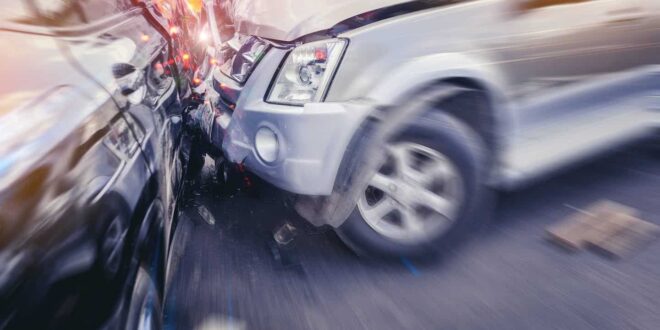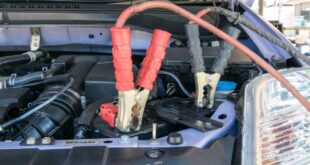Car accidents claim over 38,000 lives per year in the United States. In addition, car crashes result in over 4.7 million injuries annually, with some leading to permanent disabilities such as traumatic brain injuries and paralysis.
With so many accidents happening across the nation’s roads, an important question arises – when is a car accident considered a crime scene? Keep reading to find out or contact a car accident attorney for a more in-depth explanation.
Determining If It’s a Crime Scene
The police must make several determinations when responding to the scene of a traffic collision. They need to assess if any criminal activities led to or resulted from the incident.
For example, if a driver was operating a vehicle recklessly or under the influence of alcohol or drugs, which is the case in 31% of all fatalities, they would likely face criminal charges. Other examples of criminal acts related to auto accidents include hit-and-run collisions, vehicular homicide, assault with a deadly weapon, or intentional acts of harm.
Securing the Area
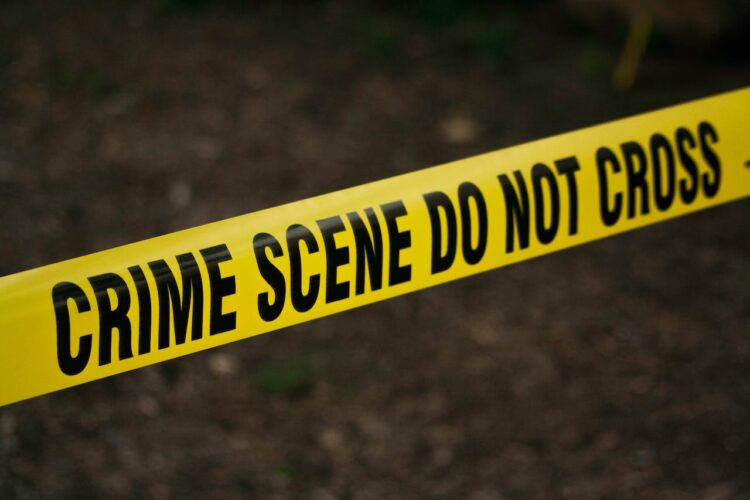
If the officers have reasonable suspicion that a crime occurred related to a car crash, they will likely secure the area with barriers or crime scene tape. This prevents any tampering of evidence as police conduct their investigation.
Just like any other crime scene, only authorized personnel are allowed access, such as police, forensic teams, medical examiners, and fire departments. The secured perimeter allows investigators to mark and measure skid marks, collect vehicle parts and debris, take photos, interview witnesses, and more.
Evidence Collection
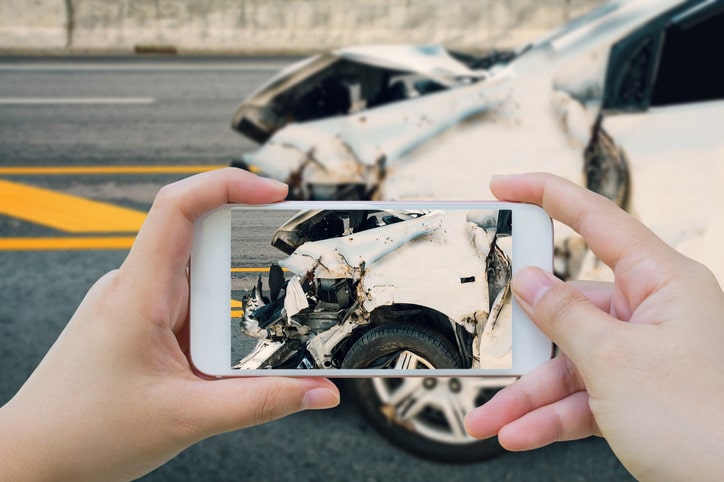
Several types of evidence may undergo collection and analysis after a car accident:
- Vehicle parts, glass shards, scrapes, and scratches, or patterns of damage
- Skid marks from tires on the roadway
- Blood alcohol content or presence of drugs in driver’s systems
- Data from vehicle computers, such as speed prior to braking
- Dash cam or surveillance videos capturing the collision
- Cell phone records indicating distracted driving
The evidence helps reconstruct what occurred leading up to and during the crash. The findings assist in determining charges and liability.
When It’s Not a Crime Scene
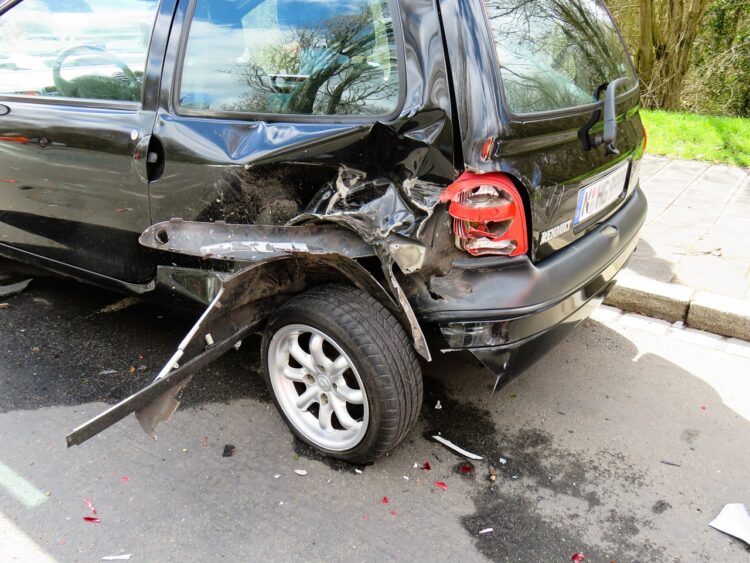
If the responding officers find no indications of impaired driving, distraction, road rage, or other crimes, the collision site typically does not get handled as an active crime scene. Without criminal wrongdoing involved, the incident mainly necessitates traffic control, medical response, vehicle towing, and exchange of insurance information between parties.
Yet even without criminal implications, law enforcement still prepares a thorough report detailing statements, sketches, photos, and their assessments. The traffic collision report goes to the Department of Motor Vehicles and gets utilized later for insurance and liability purposes when making a claim.
Special Situations
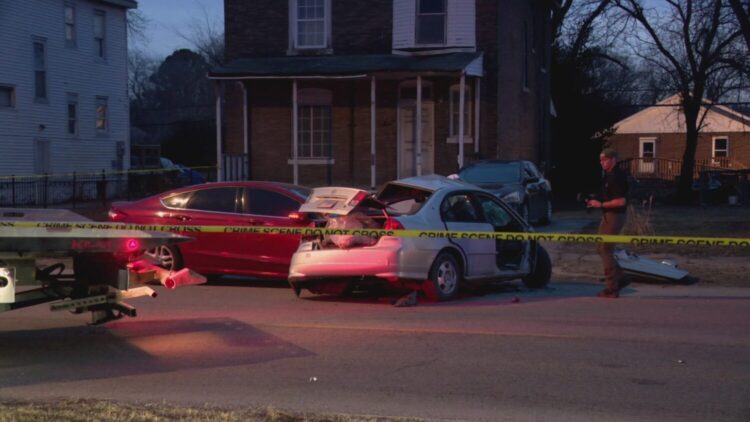
In some cases, an accident scene that does not initially seem criminal could later prompt an investigation. This generally occurs when:
- Injuries to victims end up being more severe than first assessed, resulting in vehicular assault or manslaughter charges.
- Evidence arises later that a driver lied about what happened, like a hit-and-run offender claiming they were not involved.
- Further tests reveal that a driver had illicit drugs in their system that were undetectable at the scene.
So, while not every car accident site automatically undergoes handling as a crime scene, police have to remain vigilant about possible criminal activities leading to or resulting from traffic collisions. Where there are grounds to suspect unlawful behavior occurred, officers take necessary steps to secure evidence and build a legal case.
With over 6 million car accidents annually in the United States, law enforcement frequently responds to collision sites. Depending on what the preliminary investigation suggests, the police may or may not treat the area as an active crime scene requiring evidence collection. If there are indications of criminal negligence, distraction, impairment, or intentional wrongful acts related to the incident, then stringent crime scene protocols get implemented to assist in charges and liability determinations. So, under certain circumstances, the answer is yes – a car accident does warrant handling as a crime scene.
 Hi Boox Popular Magazine 2025
Hi Boox Popular Magazine 2025
